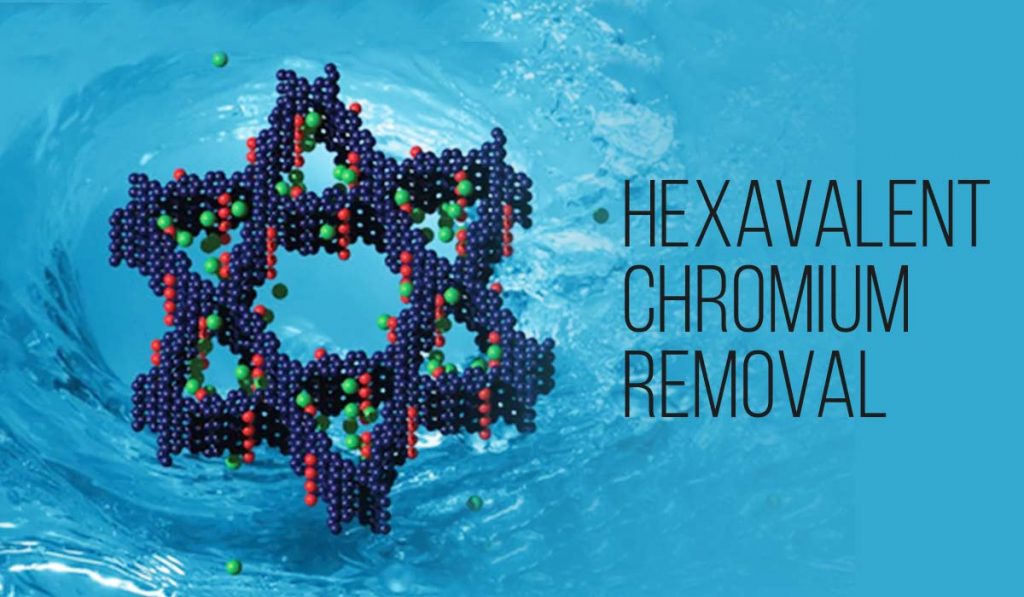
Among popular hexavalent chromium removal methods from water, microbe based technologies shows better results in context of feasibility, limited operational constrains and cost effectiveness, say the authors in this book chapter.
Authors
Abhiroop Chowdhury, Associate Professor, Jindal School of Environment & Sustainability, O.P. Jindal Global University, Sonipat, Haryana, India.
Aliya Naz, Department of Environmental Science & EngineeringIndian Institute of Technology (Indian School of Mines) Dhanbad, India.
Brijesh Kumar Mishra, Department of Environmental Science & EngineeringIndian Institute of Technology (Indian School of Mines) Dhanbad, India.
Summary
Chromium, a transition metal found in earth crust, is a major pollutant impacting air, surface water, groundwater, soil and plants. It is naturally found in high concentration only in serpentine soils originating from weathering of mafic and ultra-mafic rock structures rich in iron loving siderophile. Anthropogenic sources of chromium apart from chromite mining activities are industries like iron and steel, ferrochrome ore processing units, electroplating and tannery.
Amongst the two stable species of chromium, hexavalent chromium is classified as group ‘A’ carcinogen, due to its mutagenic properties while trivalent species is relatively safe in terms of ecotoxicity as well as human health hazards and considered as a micronutrient. The range of hexavalent chromium in the groundwater is reported upto 115 mgL−1 worldwide.
Though there are different conventional methods for removal or immobilization of hexavalent chromium from effluent, but selection of a particular method in terms of economic feasibility and removal efficiency is a major point of academic as well as technological debate.
Popular hexavalent chromium removal methods from water are; chemical and electrochemical, ion exchange along with membrane separation, adsorption, biosorption, nanozerovalent iron adsorption and microbial remediation. Among all these techniques, microbe based technologies shows comparatively good Cr6+ removal in context of feasibility, limited operational constrains and cost effectiveness.
Published in: Inamuddin; Ahamed, Mohd Imran; Lichtfouse, Eric; and Altalhi, Tariq eds, “Remediation of Heavy Metals,” pp 305-320, Springer International Publishing.
To read the full article, please click here.


